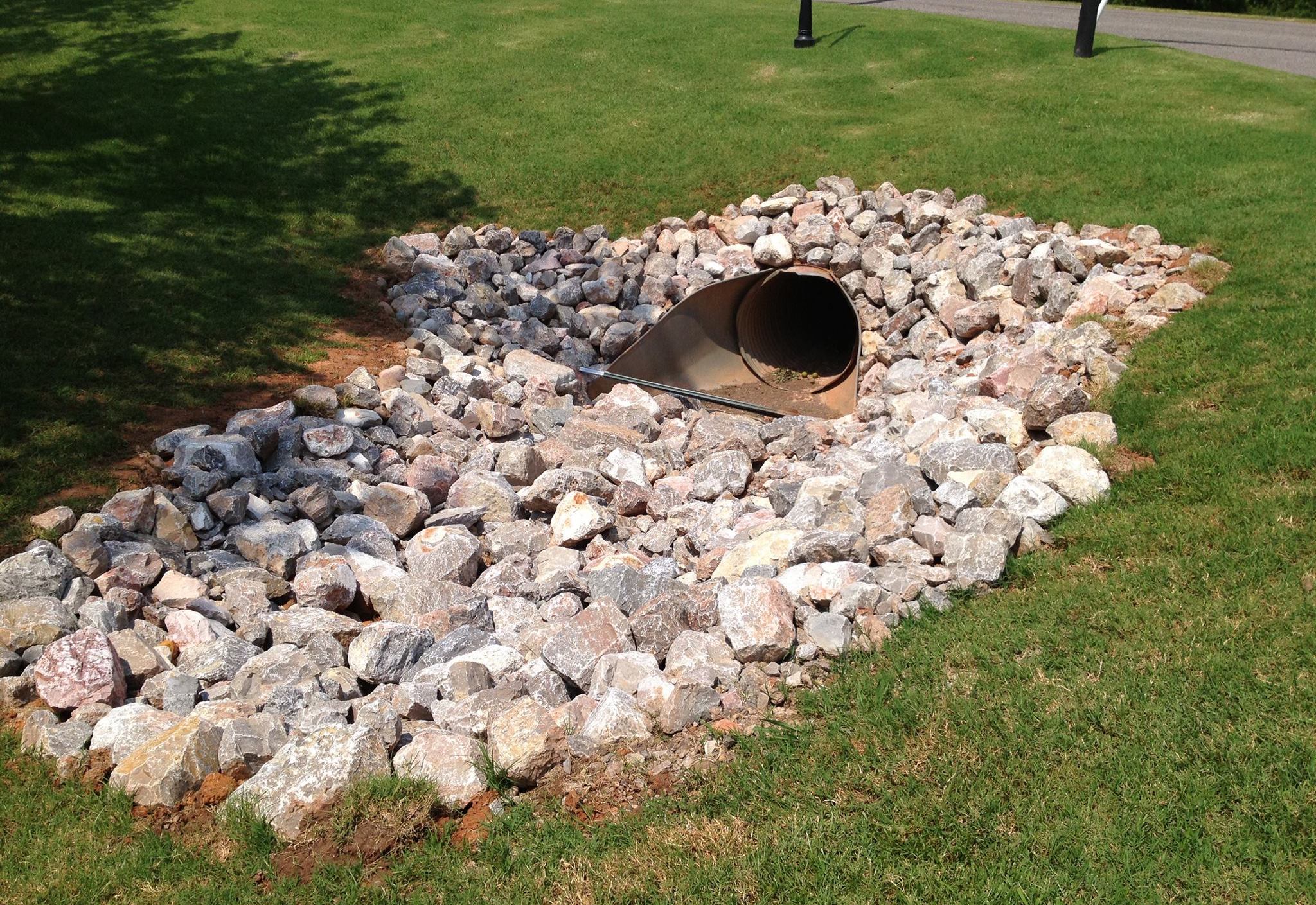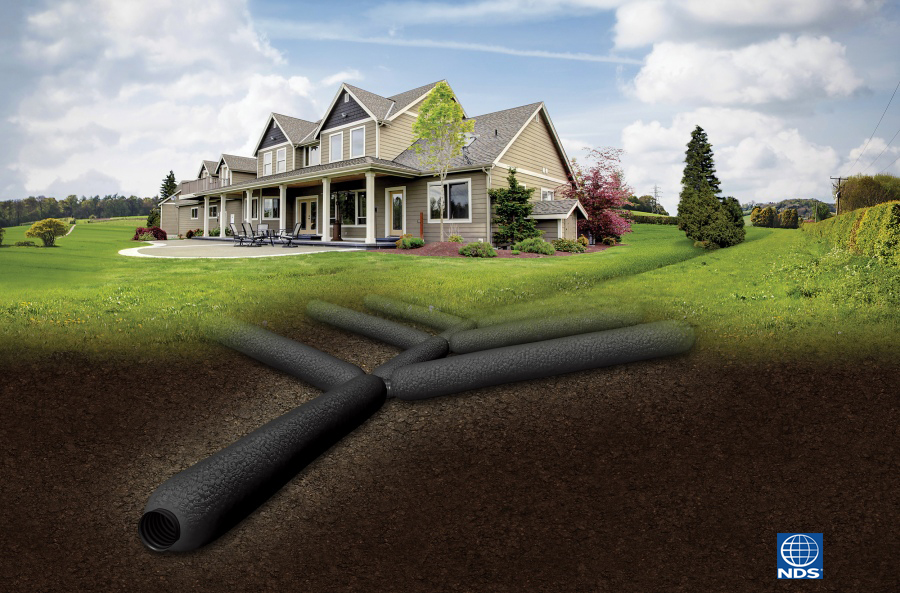In Coventry, where rainfall is frequent and gardens can quickly become waterlogged, effective drainage solutions are essential for maintaining a beautiful and healthy garden. Poor drainage can lead to a range of problems, including flooding, root rot, and damaged plants. Fortunately, there are several drainage systems that can help homeowners manage excess water, preventing waterlogging and ensuring their gardens thrive. This guide explores the most effective garden drainage system solutions for Coventry gardens.
Why Proper Drainage is Crucial for Coventry Gardens
Coventry experiences a temperate maritime climate, which means that it can receive significant rainfall throughout the year. While this is beneficial for plant growth, it also means water can accumulate quickly, particularly in areas with poor drainage. Without proper water management, gardens can face issues such as:
- Waterlogging: This occurs when soil becomes saturated, depriving plant roots of oxygen and causing root rot.
- Flooding: Excessive water can spill over and flood garden areas, damaging plants, lawns, and outdoor structures.
- Soil Erosion: Moving water can wash away soil, leaving behind uneven garden beds and unprotected plant roots.
- Foundation Damage: Water that accumulates near your home can seep into the foundation, potentially leading to structural issues.
By implementing effective drainage systems, homeowners can protect their gardens from these common problems while maintaining a healthy landscape.
7 Effective Drainage Solutions for Coventry Gardens
Here are the most effective drainage solutions to manage excess water and prevent flooding and waterlogging in your Coventry garden:
1. French Drains: Redirecting Water Efficiently
A French drain is a time-tested and highly effective drainage solution. It consists of a trench filled with gravel or stone, containing a perforated pipe. The system redirects excess water from problem areas, such as waterlogged patches or around foundations.
How It Works:
- Water accumulates in the trench, which is lined with gravel or rocks to allow water to flow freely into a perforated pipe.
- The pipe directs the water away from the garden to a designated drainage area, such as a storm drain or soakaway.
Benefits:
- Excellent for areas prone to waterlogging or where water accumulates.
- Low maintenance once installed.
- Can be customized to fit different garden shapes and sizes.
Best For: Gardens with persistent puddles, areas near building foundations, or spots with heavy groundwater flow.
2. Surface Water Drains: Controlling Runoff
Surface water drains are ideal for controlling excess water on hard surfaces like patios, pathways, and driveways, where water tends to collect and create puddles.
How It Works:
- Surface drains use grated channels or slotted systems that allow rainwater to flow into the drains, which then funnel it into underground pipes.
- The water is then redirected to a soakaway or stormwater drainage system.
Benefits:
- Reduces surface water runoff and prevents water from pooling around plants.
- Prevents erosion and water damage to garden beds and lawn areas.
- Easy to install along paths, driveways, or garden edges.
Best For: Paved areas like patios, driveways, and garden paths.
3. Soakaways: Natural Absorption
A soakaway is an eco-friendly drainage system that allows water to percolate into the ground gradually. It consists of a pit or trench filled with gravel or rubble, where water is directed to soak into the soil.
How It Works:
- Water from the garden is channeled into a soakaway, which disperses it into the surrounding soil.
- This system works best in areas where the soil has good permeability and can absorb water.
Benefits:
- Environmentally friendly and sustainable.
- Helps recharge groundwater and reduce surface runoff.
- Low maintenance once installed.
Best For: Gardens with good drainage, well-draining soil, and areas where water naturally needs to be absorbed.
4. Sump Pumps: Ideal for Low-Lying Areas
For gardens or basements that are prone to flooding, a sump pump can be an effective solution. This system is ideal for low-lying areas where water naturally collects.
How It Works:
- Water collects in a sump pit located in the lowest part of your garden.
- When water reaches a certain level, the sump pump activates and pumps the water out to a designated drainage system or soakaway.
Benefits:
- Keeps low-lying areas dry, preventing flooding in basements or garden areas.
- Effective during heavy rainfall and in gardens that experience regular water buildup.
- Can be used in conjunction with other drainage solutions like French drains.
Best For: Basements, flood-prone gardens, or homes with poor natural drainage.
5. Trench Drains: Managing Large Volumes of Water
Trench drains, also known as channel drains, are highly effective at managing larger volumes of surface water. These drains are typically installed along driveways, large patios, or other expansive garden areas where there is significant water runoff.
How It Works:
- Trench drains are installed along areas where water tends to flow. They are fitted with a grated cover that allows water to flow into the trench, where it is then directed into a pipe system.
Benefits:
- Ideal for large or hardscaped areas.
- Can handle large volumes of water effectively.
- Aesthetic grates are available to match the garden’s design.
Best For: Large gardens, commercial properties, driveways, or areas with extensive impervious surfaces.

6. Permeable Paving: Letting Water Flow Through
Permeable paving is an innovative way to reduce surface runoff and encourage water infiltration. It’s ideal for areas like garden paths, patios, and driveways.
How It Works:
- Permeable paving materials allow water to seep through gaps between the paving stones or blocks, filtering it into the ground below.
- The paving materials are specifically designed to absorb rainwater and prevent it from flowing off the surface.
Benefits:
- Sustainable and eco-friendly.
- Reduces the need for additional drainage systems.
- Adds a stylish, modern touch to your garden.
Best For: Walkways, patios, driveways, or any paved surface in your garden.
7. Gutters and Downpipes: Diverting Roof Water
While gutters and downpipes are primarily used to manage water from your roof, they are a crucial component in preventing flooding around the house. They divert rainwater from the roof to the ground and into a drainage system.
How It Works:
- Gutters collect rainwater from the roof, and the downpipes direct it down to the ground.
- The water is then directed into a French drain, soakaway, or surface water drain to prevent flooding near the foundation.
Benefits:
- Protects the foundation of your home from water damage.
- Keeps excess water from flowing into the garden.
- Helps prevent flooding in areas near the house.
Best For: Homes with large roofs or where water runoff from the roof causes flooding.
Conclusion
An effective garden drainage system is crucial for homeowners in Coventry looking to maintain a healthy and beautiful outdoor space. By addressing waterlogging and flooding with solutions like French drains, soakaways, and permeable paving, you can ensure that your garden remains well-drained, your plants thrive, and your property stays safe from water damage.
Each garden is unique, and the best drainage solution depends on the specific challenges your garden faces. If you’re unsure which system is best for your property, consulting with a professional landscaper or drainage expert can help you make the right choice.



